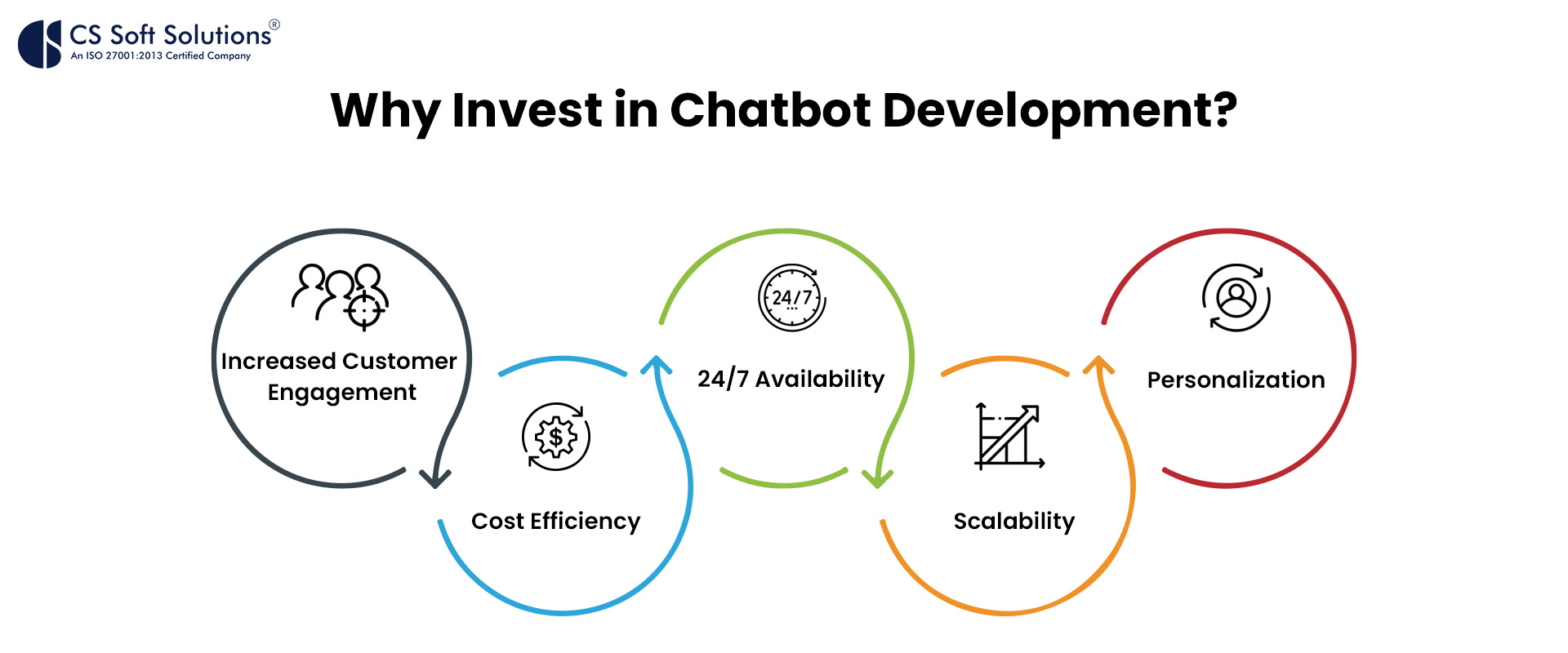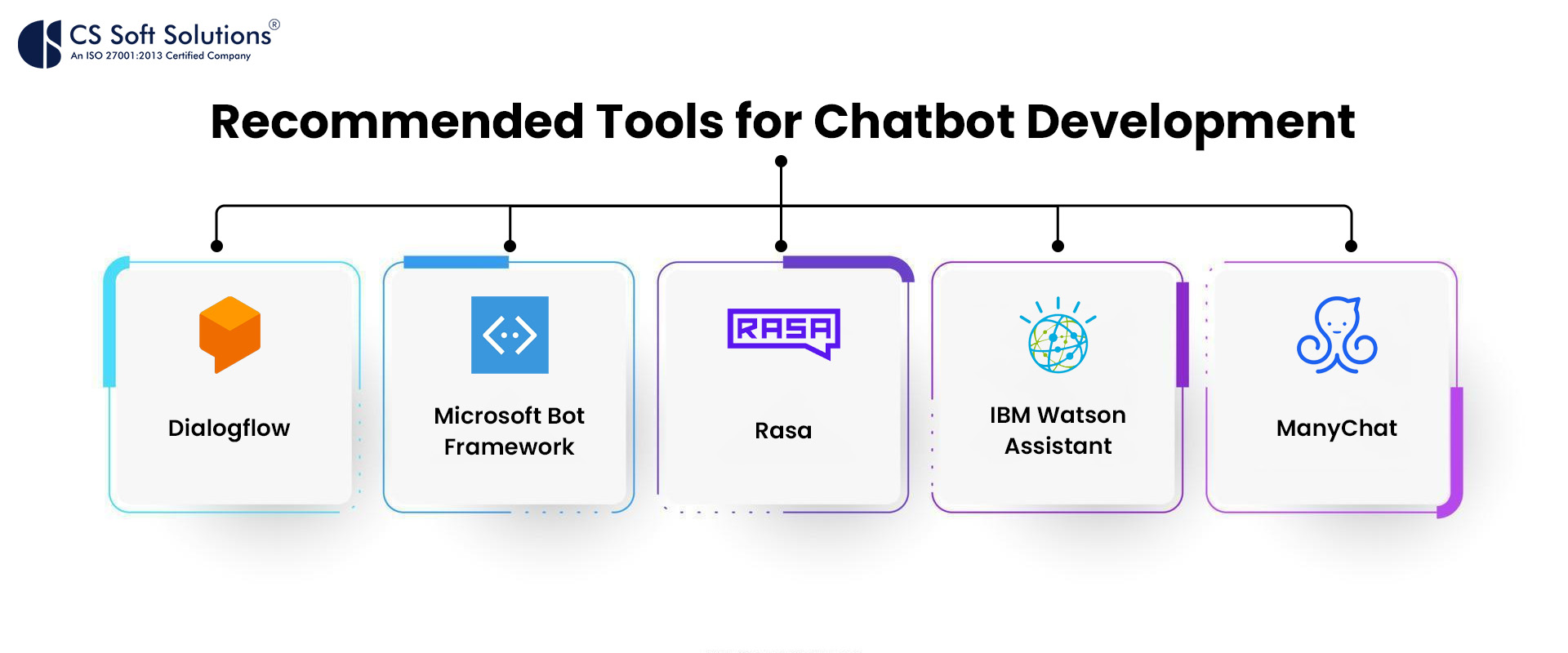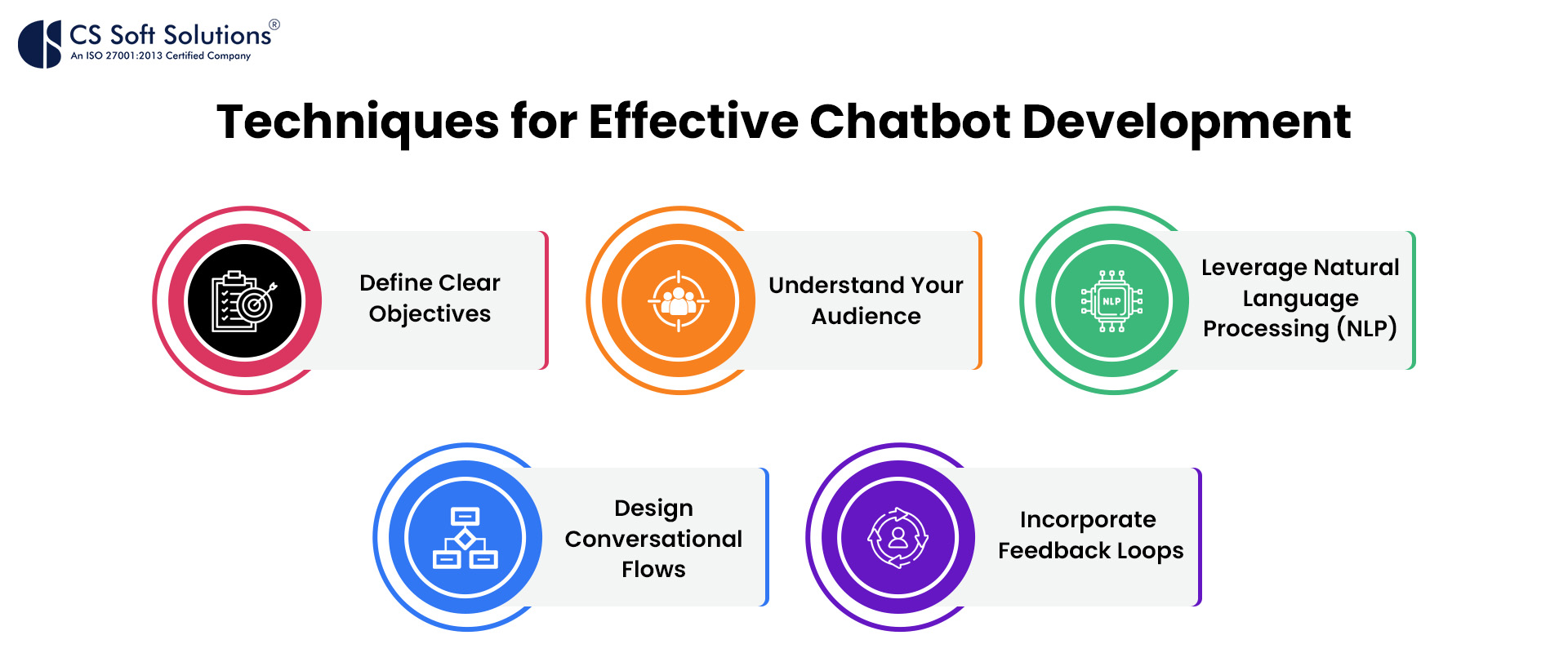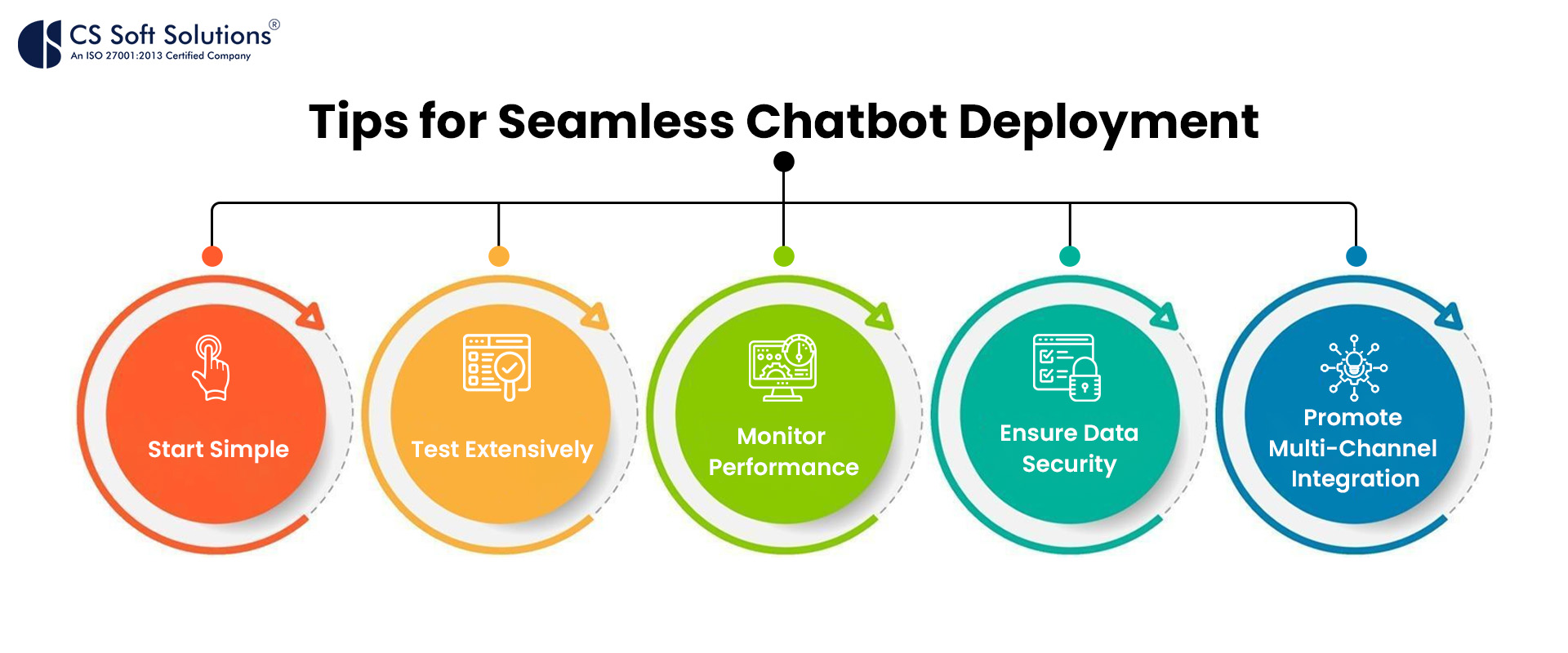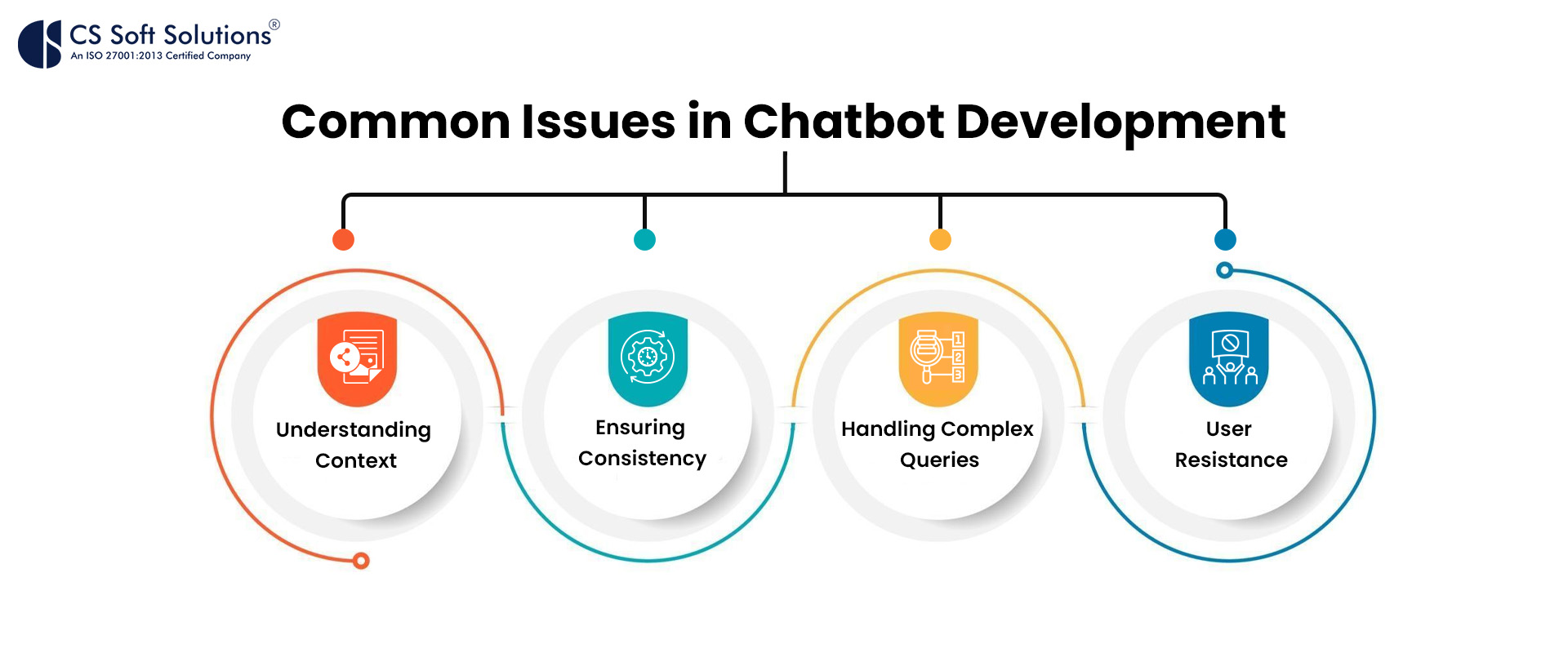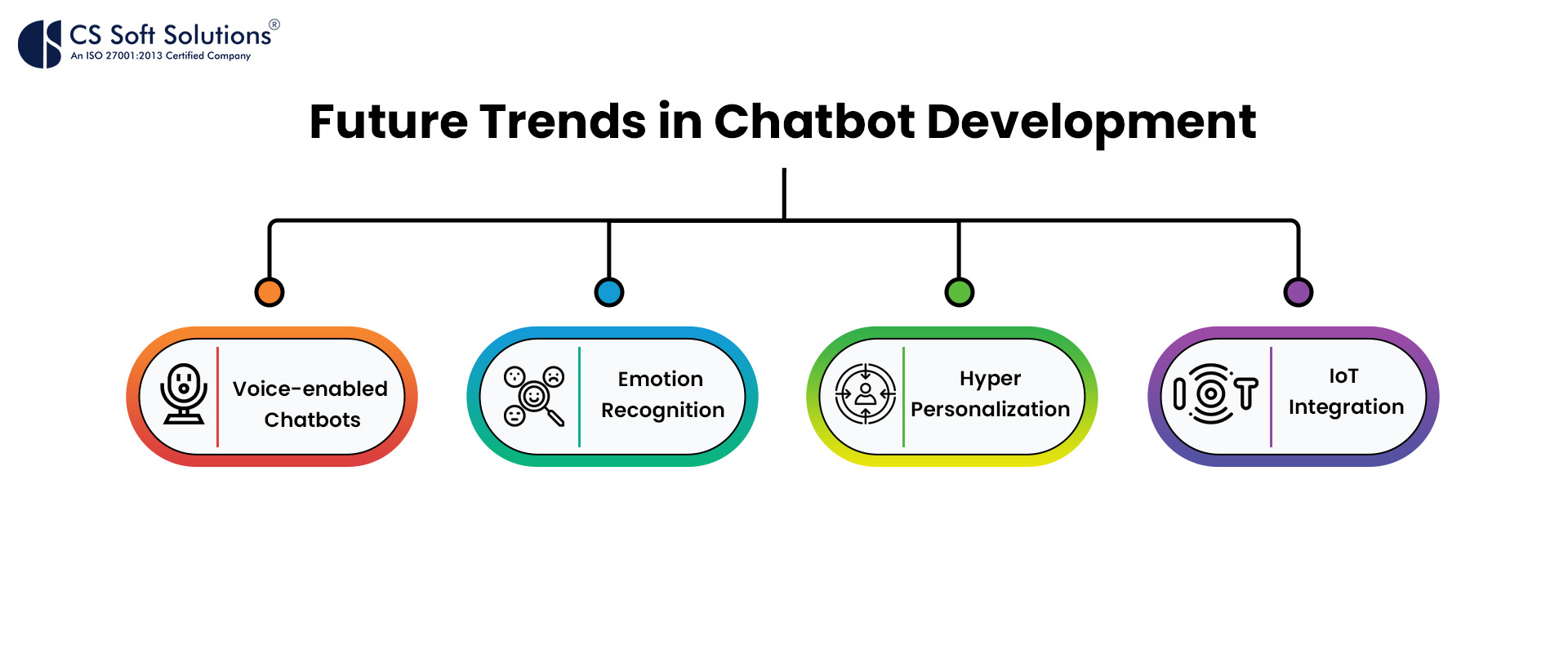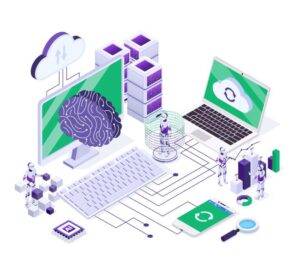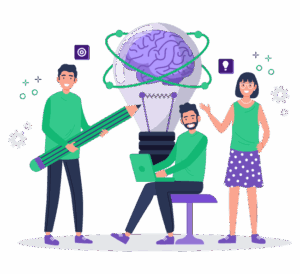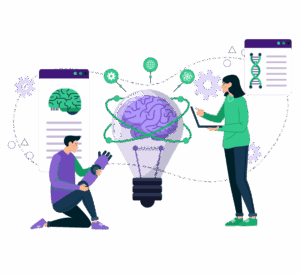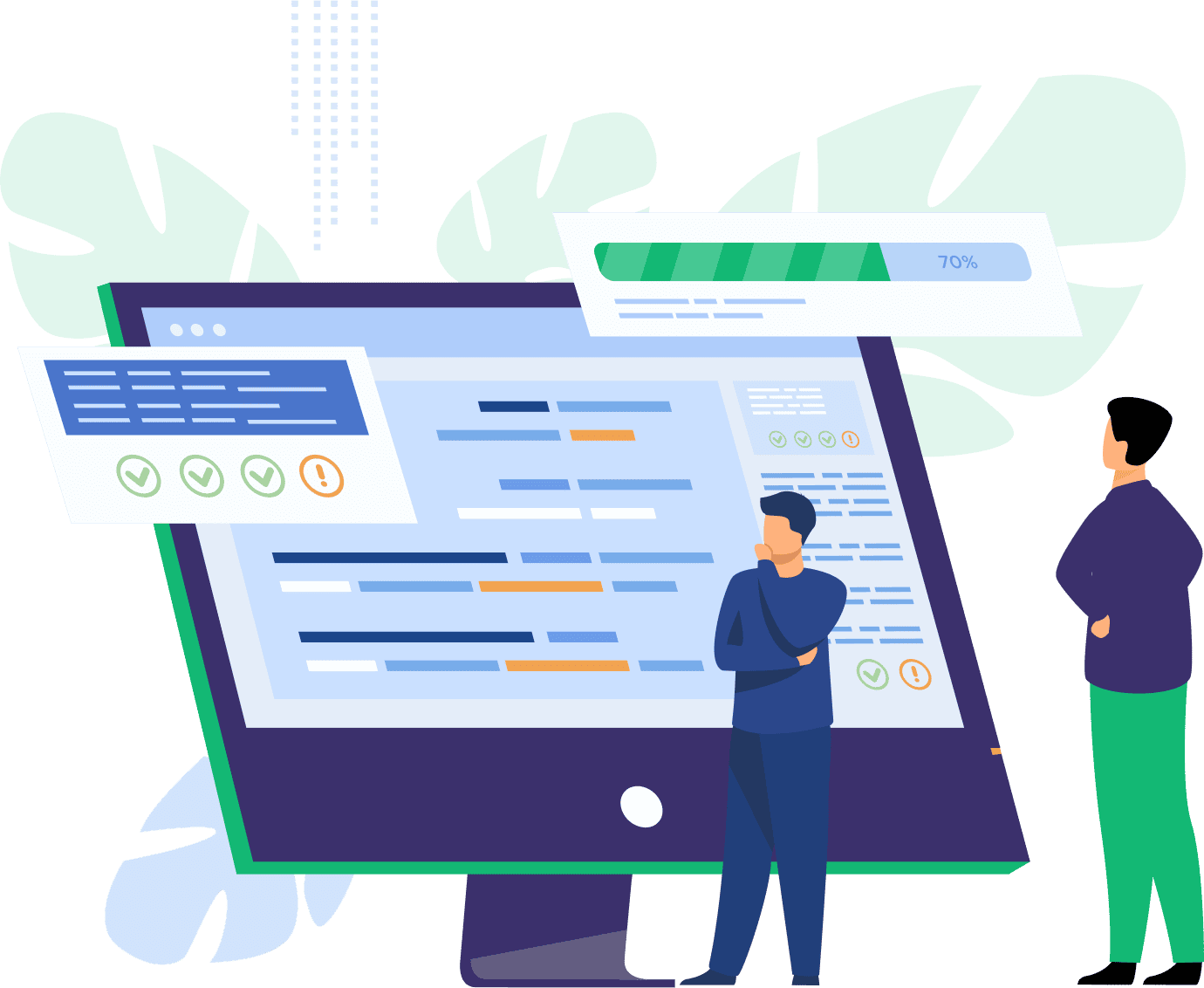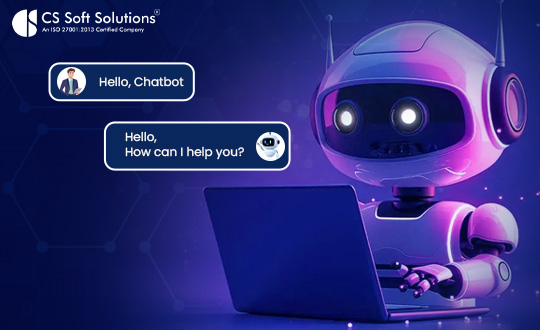
What is chatbot development?
A chatbot is an AI-driven program that interacts with users using text or voice. The bots can answer questions, perform tasks, or help people navigate services by mimicking human communication. In various industries, such as e-commerce and healthcare, businesses use chatbots to make the user experience better and their operations more efficient.
It has brought an opportunity to improve and take customer support strategies to the next level, thereby automating time-consuming reoccurring tasks and adding to productivity. All of this can happen only with a proper strategy and the right resources.
Why Invest in Chatbot Development?
Here are some compelling reasons why chatbot development is a smart investment for businesses of all sizes:
- Increased Customer Engagement: Instant responses provided with the help of chatbots keep the user engaged and satisfied.
- Cost efficiency: Automation of routine queries reduces the size of the customer service teams and saves money without the compromise of quality.
- 24/7 availability: They can work always, day and night, answering the customer’s needs at any given time, not only on weekdays but also on weekends and holidays.
- Scalability: They can handle thousands of interactions at the same time while human agents have limited bandwidth.
- Personalization: Advanced AI enables them to tailor interactions based on behavior, preferences, and previous experiences.
Whether it is a small company wanting to optimize its operations or large enterprises aiming for innovation, chatbot development offers a scalable solution that fits diverse needs.
Tools for Chatbot Development
Developing a chatbot doesn’t have to be complex, thanks to the array of tools available today. Below are some of the best options to consider:
1. Dialogflow
Dialogflow is owned by Google and is one of the most popular products for creating conversational interfaces. It supports multiple platforms and offers strong NLP capacities that make a chatbot understand and respond like a human.
2. Microsoft Bot Framework
This strong framework enables developers to create, test, and deploy chatbots across multiple channels. Integration with Azure further offers scalability and flexibility for enterprises.
3. Rasa
Rasa is an open-source solution for developers in need of full control over their chatbot. Companies providing AI consulting services are also popular as their adaptation and support for custom integrations suit a similar purpose.
4. IBM Watson Assistant
IBM’s AI-driven platform provides businesses with the means of creating chatbots with minimal coding. It is highly customizable and effortlessly integrates with enterprise systems, making it a preferred choice for businesses seeking sophistication.
5. ManyChat
ManyChat is the perfect tool to create marketing-oriented chatbots for social media platforms. It has been easy to use and quite effective, perfect for businesses seeking to attract people to social media.
Techniques for Effective Chatbot Development
Developing a successful chatbot requires a strategic approach. Below are some techniques to ensure your chatbot delivers value:
1. Define Clear Objectives
Start by identifying what you want your chatbot to accomplish. Whether it’s answering FAQs, generating leads, processing transactions, or providing personalized recommendations, clarity in goals ensures effective design and functionality.
2. Understand Your Audience
Tailor your chatbot’s tone, language, and functionality to the needs and preferences of your target users. A chatbot designed for millennials might be conversational and playful, while one for a corporate audience may adopt a formal tone.
3. Leverage Natural Language Processing (NLP)
NLP enables chatbots to understand and respond to user inputs accurately. Tools like Dialogflow and Rasa offer built-in NLP features to simplify implementation. This ensures your chatbot can handle diverse queries with precision.
4. Design Conversational Flows
Plan the interaction pathways carefully. Use decision trees or flowcharts to map out possible user inputs and corresponding responses. A well-thought-out conversational flow ensures users have a seamless experience.
5. Incorporate Feedback Loops
Enable your chatbot to learn and improve over time by incorporating user feedback into its algorithms. Regular updates based on analytics and user input help maintain relevance and accuracy.
Tips for Seamless Chatbot Deployment
1. Start Simple
Launch with a basic version of your chatbot, focusing on a few core functionalities. This allows you to gather user feedback and refine the bot’s features over time without overwhelming your development team.
2. Test Extensively
Before deployment, rigorously test your chatbot to ensure it handles diverse user inputs gracefully. Pay special attention to edge cases and unexpected queries to minimize errors post-launch.
3. Monitor Performance
Use analytics to track your chatbot’s performance. Key metrics include response accuracy, user satisfaction, engagement rates, and resolution times. Regular performance reviews ensure your chatbot continues to meet user expectations.
4. Ensure Data Security
Given the sensitive information chatbots often handle, prioritize robust encryption and compliance with data protection regulations like GDPR or CCPA. Building user trust is essential for adoption.
5. Promote Multi-Channel Integration
Deploy your chatbot on various platforms, including websites, social media, and messaging apps, to increase its reach. A consistent experience across channels also helps to improve user satisfaction.
Common Issues in Chatbot Development
There is always the possibility of meeting challenges even using the best tools and strategies. Here are a few common obstacles and how to deal with them:
- Understanding Context: Teaching a chatbot to recognize and respond to nuanced user inputs can be tricky. Investing in advanced NLP models helps address this issue.
- Ensuring Consistency: Maintaining consistent responses across different scenarios is crucial for building user trust. Regular updates and testing can help.
- Handling Complex Queries: Some queries may exceed the bot’s programmed capabilities, requiring fallback mechanisms such as human intervention.
- User Resistance: Some customers may prefer human interaction, making chatbot adoption a gradual process. Offering an easy option to connect with human agents can bridge this gap.
Future Trends in Chatbot Development
Chatbot development is changing very fast with some innovations, and many trends have to be considered.
- Voice-enabled chatbots: The boom of voice assistants like Alexa and Siri is turning these voice-enabled chatbots into the new trend these days, which makes it much easier to interact.
- Emotion recognition: New AI technologies will allow chatbots to recognize and reply to the emotions of users, making them more empathetic and personalized.
- Hyper-personalization: Deep analytics of data allow more personalized experiences in chatbots- like recommending other products or on-the-field advice.
- IoT Integration: Soon, chatbots will start interacting with IoT devices so that users can command and control smart home appliances, and monitor their health, or otherwise through a conversational interface.
Wrapping Up
Ready to raise the stakes for your business with chatbot development? If you are a startup looking to save on efficiency or an enterprise targeting innovation, it’s time to get a chatbot up and running. Partner with CS Soft Solutions India Pvt. Ltd. for AI consulting services to get designed and implemented chatbots catering to your very own needs. We will ease your process toward phenomenal results. Call us now and start that journey into smart and efficient customer engagement!





